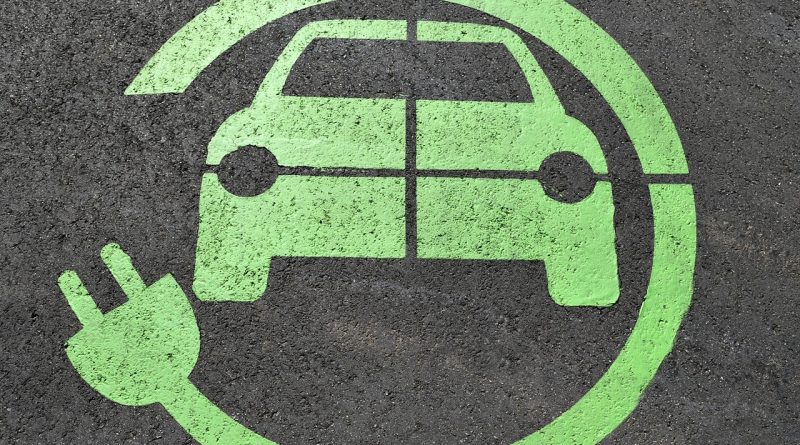The Features Of An Electric Car
In the early twentieth century, the electric car was vigorously pursued by researchers; however the easily mass-produced gasoline-powered automobile squelched interest in the project. Unlike the gas-powered automobile, the electric automobile did not easily develop into a viable means of transportation. The early development of the automobile focused on electric power rather than gasoline power.
Automobile
Electric automobiles were popular because they were clean, quiet, and easy to operate; however, two developments improved the gasoline-powered vehicle so much so that competition was nonexistent. Thus, the price for a gas-driven vehicle decreased enough to make it feasible for every family to afford an automobile. Use of the fuel cell in a hybrid automobile is the most promising development on the horizon, as of 1999. The hybrid automobile has two power plants, one electric and one internal combustion engine. Another future hope for electric automobiles is the lithium-ion battery that has an energy density three times greater than that of a lead-acid battery. All extra details had to be eliminated while leaving the comforts drivers find desirable and adding new considerations unique to electric automobiles.
Cars
The Bailey Company continued to produce electric cars until 1915, and it was among over 100 electric automobile companies that thrived early in the century in the United States alone. Manufacturers invested in electric cars on the assumption that public interest would follow the regulation and support protection of air quality and the environment. Manufacturers invested in electric cars on the assumption that public interest would follow the regulation and support protection of air quality and the environment. Batteries for electric cars have been made using nickel-iron, nickel-zinc, zinc-chloride, and lead-acid. In electric cars, the battery and electric propulsion system are typically 40% of the weight of the car, whereas in an internal combustion-driven car, the engine, coolant system, and other specific powering devices only amount to 25% of the weight of the car. Today’s electric cars are described as “modern era production electric vehicles” to distinguish them from the series of false starts in trying to design an electric car based on existing production models of gasoline-powered cars and from “kit” cars or privately engineered electric cars that may be fun and functional but not production-worthy. Among the many other design and engineering features that must be considered in producing electric cars are the following: Batteries that store energy and power the electric motor are a science of their own in electric car design, and many options are being studied to find the most efficient batteries that are also safe and cost effective.
Electric cars are critically important to the future of the automobile industry and to the environment; however, the form the electric car will ultimately take and its acceptance by the public are still uncertain.


